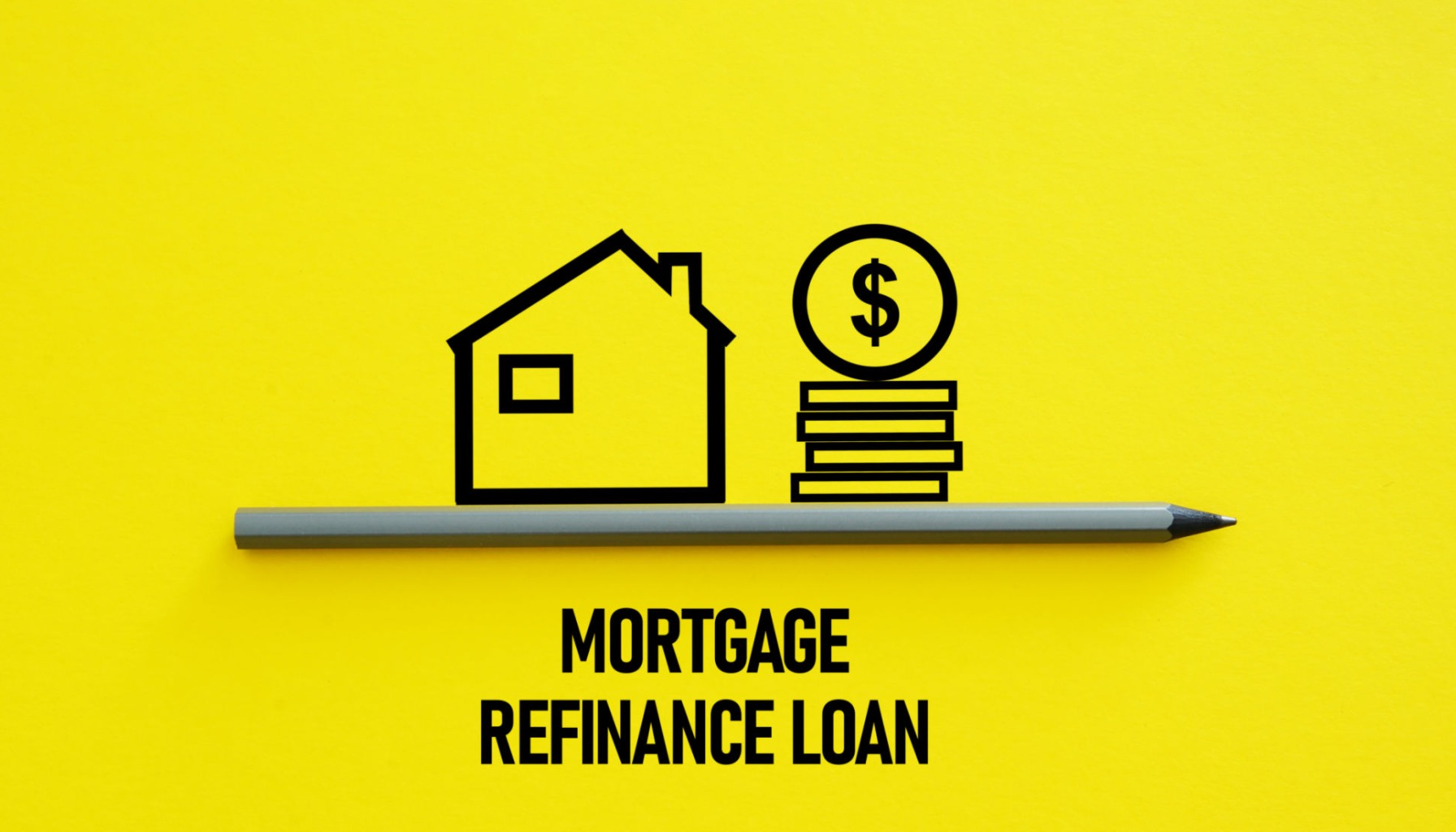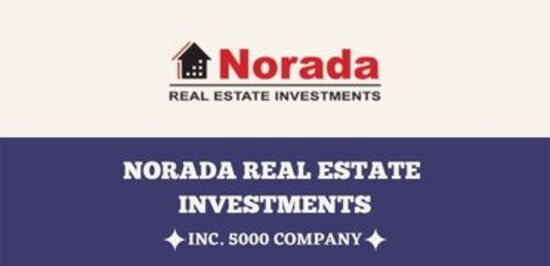Well, it’s official. If you were thinking about refinancing your home using a 30-year fixed mortgage, you might have noticed things got a little more expensive this past week. According to Zillow, as of October 10, 2025, the 30-year fixed refinance rate is up 14 basis points from 6.99%. For those keeping score at home, that means the average rate has nudged up to 7.13%. This isn’t a huge jump in the grand scheme of things, but it's a clear signal that the refinance market is shifting, and it’s probably a good idea to pay attention.
Mortgage Rates Today: 30-Year Fixed Refinance Rate Rises by 14 Basis Points, October 10, 2025
What Does a 14 Basis Point Hike Really Mean?
You might be wondering, “Okay, 14 basis points sounds small, does it really matter?” Let me tell you, even a small tick-up in interest rates can add up over time, especially with a 30-year mortgage. To give you a concrete example, if you were looking to refinance a $300,000 loan, that 0.14% increase means you’d be looking at paying roughly an extra $25 to $30 per month. Over the life of a 30-year loan, that can amount to thousands of dollars more in interest paid. It’s not a dramatic change overnight, but it’s a tangible one that can impact your monthly budget.
It's these small increments that, when they keep going up, make that initial rate of 6.99% look like a golden opportunity in hindsight.
Why is This Happening Now?
As someone who’s been following the mortgage market for a while, these movements aren't entirely surprising. Several factors are likely at play here. The Federal Reserve’s monetary policy, inflation concerns, and the general economic outlook all play a significant role in setting the benchmark for mortgage rates. While I don't have a crystal ball, I can tell you that when inflation shows stubborn signs, or when there's uncertainty in the broader economy, lenders tend to increase rates to compensate for the perceived risk. October is often a time when we see some adjustments as economic data from the preceding months starts to influence decisions about the future.
It’s always a balancing act for the Fed. They want to keep inflation in check without completely stifling economic growth. This dance between controlling prices and encouraging spending is what often leads to these subtle shifts in interest rates.
When is the Best Time to Refinance?
This is the million-dollar question, isn't it? Based on my experience, the “best” time to refinance is very personal. It depends on your financial goals, your current mortgage, and your outlook for future rates.
- If you're looking to save on your monthly payments: You should lock in a rate when it's significantly lower than your current one, ideally by at least half a percentage point or more.
- If you're looking to shorten your loan term: Even a small reduction in interest rate can save you a substantial amount of money on interest over time.
- If you need cash out: A refinance can be a way to tap into your home’s equity, but you need to weigh the borrowing costs against the benefit.
The current uptick suggests that those who were on the fence about refinancing might want to act sooner rather than later if they can still secure a rate that offers them tangible benefits over their existing mortgage. Waiting too long could mean missing out on a good deal before rates potentially climb even higher.
Comparing 30-Year Fixed vs. 15-Year Refinance Options
It's also worth looking at other refinance options. While the 30-year fixed refinance rate is what many people focus on, the 15-year fixed refinance rate also saw an increase, climbing 19 basis points from 5.86% to 6.05%.
This is an important distinction. A 15-year mortgage typically comes with a lower interest rate than a 30-year mortgage, which is exactly what we're seeing here.
Here's a quick look at how they stack up (using the new rates):
| Mortgage Type | Average Rate (October 10, 2025) | Previous Week's Average Rate | Basis Point Change |
|---|---|---|---|
| 30-Year Fixed Refinance | 7.13% | 6.99% | +14 |
| 15-Year Fixed Refinance | 6.05% | 5.86% | +19 |
While the 15-year has a higher basis point jump, its overall starting rate is significantly lower. This means:
- Monthly Payments: A 15-year loan will have higher monthly payments, but you'll pay off your home much faster and save a lot on interest.
- Total Interest Paid: Over the life of the loan, a 15-year mortgage will save you considerably more on interest compared to a 30-year mortgage, even with slightly higher monthly payments.
The choice between a 30-year and a 15-year refinance really comes down to your cash flow needs versus your long-term savings goals.
What About Adjustable-Rate Mortgages (ARMs)?
We also saw a slight increase in the 5-year ARM refinance rate, moving from 7.56% to 7.57%. This is a very small increment, just 1 basis point. ARMs can be attractive because they often start with lower interest rates than fixed-rate mortgages. However, that rate is only fixed for a set period (in this case, five years).
After that, the rate can adjust based on market conditions, meaning your monthly payments could go up. While the immediate impact on this specific ARM rate is minimal, the underlying trend for fixed rates climbing still makes ARMs something to consider very carefully. If you're planning to move or refinance again before the adjustment period, an ARM might be a good fit. If you plan to stay put for a long time, the stability of a fixed rate is usually more appealing.
Recommended Read:
30-Year Fixed Refinance Rate Trends – October 9, 2025
How Your Credit Score Impacts Your Refinance Rate
It’s crucial to remember that these are national averages. The exact rate you’ll be offered can vary significantly based on your personal financial situation. The single biggest factor will be your credit score.
Think of it this way: Lenders see a good credit score as a sign that you're a reliable borrower who pays debts on time. Because of this, lenders are willing to offer lower interest rates to borrowers with excellent credit.
- Excellent Credit (740+): You'll likely qualify for rates at or even below the national average.
- Good Credit (670-739): You'll probably get rates close to the average, but perhaps slightly higher.
- Fair Credit (580-669): Be prepared for higher rates, and you might need to meet stricter lending requirements.
- Poor Credit (Below 580): Refinancing might be difficult, and if approved, rates will likely be quite high.
My advice? Before you even start looking at refinance rates, check your credit report. If you see any errors, dispute them immediately. If your score isn’t where you want it, focus on improving it — pay down credit card balances, make all your payments on time, and avoid opening new credit lines. It can make a significant difference in the savings you achieve through refinancing.
Looking Ahead
The fact that the 30-year fixed refinance rate on October 10, 2025 is up 14 basis points from the previous week's average rate of 6.99% is a reminder that the mortgage market is dynamic. While this specific week saw a slight increase, the overall economic climate will continue to dictate where rates go. For homeowners considering a refinance, it’s a good time to reassess your goals and see if acting now makes sense for your financial well-being.
Maximize Your Mortgage Decisions
Thinking about whether to refinance now? Timing is critical, and having the right strategy can save you thousands over the life of your loan.
Norada's team can guide you through current market dynamics and help you position your investments wisely—whether you're looking to reduce rates, pull out equity, or expand your portfolio.
HOT NEW LISTINGS JUST ADDED!
Talk to a Norada investment counselor today (No Obligation):
(800) 611-3060
Recommended Read:
- When You Refinance a Mortgage Do the 30 Years Start Over?
- Should You Refinance as Mortgage Rates Reach Lowest Level in Over a Year?
- NAR Predicts 6% Mortgage Rates in 2025 Will Boost Housing Market
- Mortgage Rates Predictions for 2025: Expert Forecast
- Half of Recent Home Buyers Got Mortgage Rates Below 5%
- Mortgage Rates Need to Drop by 2% Before Buying Spree Begins
- Will Mortgage Rates Ever Be 3% Again: Future Outlook
- Mortgage Rates Predictions for Next 2 Years
- Mortgage Rate Predictions for Next 5 Years
- Mortgage Rate Predictions for 2025: Expert Forecast



